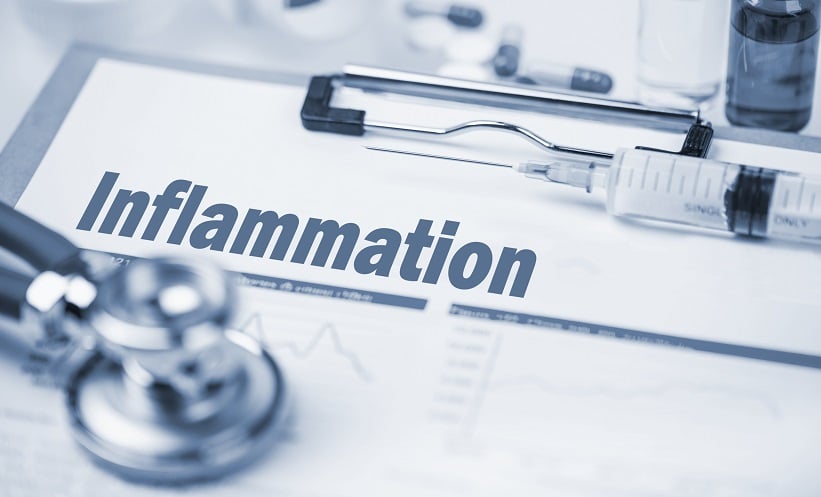BACKGROUND
Innate immune neutrophils provide the first line of host defence against bacterial infections. The energy required for neutrophil functions is derived primarily from glycolysis, of which a key product is lactate. Elevated lactate levels, coinciding with a rise of neutrophils in the circulation and inflamed tissues, are associated with pathological conditions including shock, sepsis, and ischaemia.1-3
Lactate is also released by human neutrophils,4 and it has been shown that enhanced glycolysis promotes key neutrophil functions including phagocytic activity5 and neutrophil extracellular trap formation.6,7 However, the mechanisms by which glycolysis is triggered in neutrophils and contributes to their recruitment and function in acute inflammation is poorly understood.
METHODS AND RESULTS
Utilising murine bacterial infection models, the results of this study reveal that neutrophil-derived lactate promotes their mobilisation from the bone marrow (BM) to the circulation.8
RNA-seq of sorted BM neutrophils documented that bacterial lipopolysaccharide (LPS)-activated neutrophils upregulated enzymes catalysing the first part of glycolysis and downregulated the expression of tricarboxylic acid (TCA) cycle enzymatic genes. In addition, LPS treatment increased NADPH-oxidase (NOX)-mediated reactive oxygen species and HIF-1α levels in BM neutrophils, triggering lactate production and release. NOX-/- and myeloid specific HIF-1α-deficient mice failed to elevate lactate production in the BM during acute inflammation. NOX-/- mice failed to mobilise activated high levels of reactive oxygen species (ROShigh) neutrophils in response to LPS, while lactate administration partially rescued this defect.
Further deciphering the mechanisms of lactate-induced neutrophil mobilisation, the authors identified for the first time that BM endothelial cells abundantly express the highly selective lactate G protein-coupled receptor 81 (GPR81).Lactate treatment reduces vascular endothelial-cadherin expression in the BM sinusoid endothelial cells and increases BM vascular permeability via endothelial GPR81 signaling. GPR81-/- mice failed to mobilise neutrophils in response to LPS unless rescued by vascular endothelial-cadherin disrupting antibodies.
In addition to its direct effect on BM vascular permeability, lactate also acts on BM neutrophil mobilisation by elevating the neutrophil mobilising chemokines CXCL1 and CXCL2 in both BM and blood. CXCL1 and CXCL2 are ligands of the CXCR2 receptor involved in neutrophil mobilisation.9 The study found that lactate-induced elevation of CXCL1, unlike lactate-enhanced vascular permeability, is GPR81-independent, indicating that this metabolite may drive neutrophil mobilisation via multiple pathways.
Finally, to examine the potential clinical relevance of the findings, the authors infected wild type (WT), NOX-/-, and GPR81-/- mice with Salmonella typhimurium and found that this pathogen drove high generation of ROS, elevated HIF-1α levels, and triggered lactate production and release in WT BM neutrophils. In contrast, BM neutrophils of infected NOX-/- mice exhibited significantly lower HIF-1α and impaired lactate production and release. Consequently, WT mice infected with S. typhimurium had higher levels of neutrophils in the blood, compared to their NOX-/- or GPR81-/- mice counterparts. Altogether, the data reveals that the same regulatory mechanisms by which neutrophils respond to LPS challenges are used during bacterial infection with S. typhimurium.
CONCLUSION
The study showed the first example of a released neutrophil metabolite acting as a potential target for modulating neutrophil mobilisation to peripheral organs exposed to acute infections. Thus, understanding metabolic checkpoints in BM neutrophils suggests new perspectives to develop treatments that target unregulated inflammatory neutrophils during bacterial infection.







